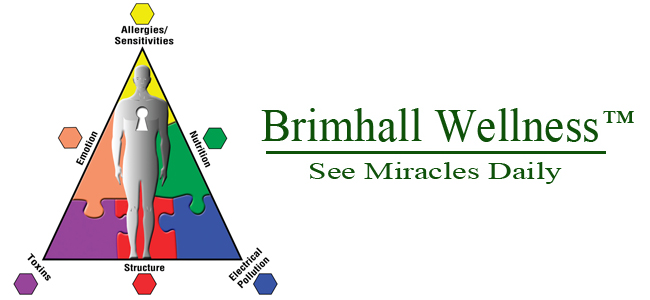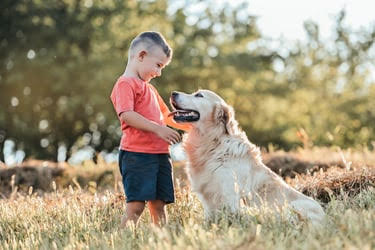
July 3, 2023 Puzzle Piece
Pets & Food Allergies

Some good news has come out for pet lovers (as if we need more reasons to love our pets!). Recently published in PLoS One,
results of the largest to-date birth cohort study in Japan suggest that
some pets, especially dogs and cats, are associated with a lower risk
for food allergy development in children.
This study utilized data from an ongoing prospective birth cohort study
(the Japan Environment and Children’s Study) which collected data on
nearly 100,000 mothers and their children (over 60,000 children were
followed up to age 3). Questionnaires were used to collect a wide range
of data regarding pet exposure and food allergies, as well as many other
factors that may contribute to allergy incidence, ranging from the
maternal history of allergic diseases, annual household income, use of
antibiotics, frequency of vacuuming, breastfeeding practices, and much
more.
The study had several limitations, such as its observational nature (no
causality can be established), and all data were self-reported,
including parents’ reports of a physician’s diagnosis.
The main observations were generally favorable to having pets, as dogs
(especially kept indoors) were linked to a lower incidence of egg, milk,
and nut allergies, while cats were associated with a lower risk of egg,
wheat, and soybean allergies, with the adjusted risk reduction as high
as 57%. Only hamsters were linked to a greater allergy risk to any
foods, nearly doubling the risk for nut allergy.
Timing of exposure also appeared to make a difference – exposure
prenatally did not seem to have any effect by itself, but exposure
prenatally AND during infancy was required for some effects. Multiple
mechanisms were reviewed which may explain these results, including
changes to gut microbiota, exposure to endotoxin, and mediated via a
skin-barrier mechanism.
Yours in Health and Wellness,
John W Brimhall, DC, BA, BS, FIAMA, DIBAK
